
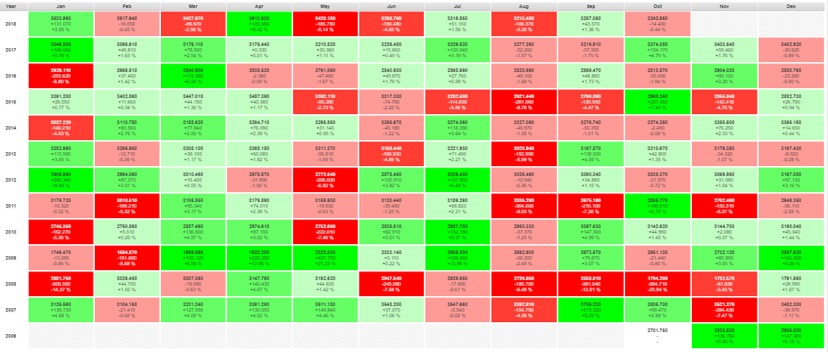
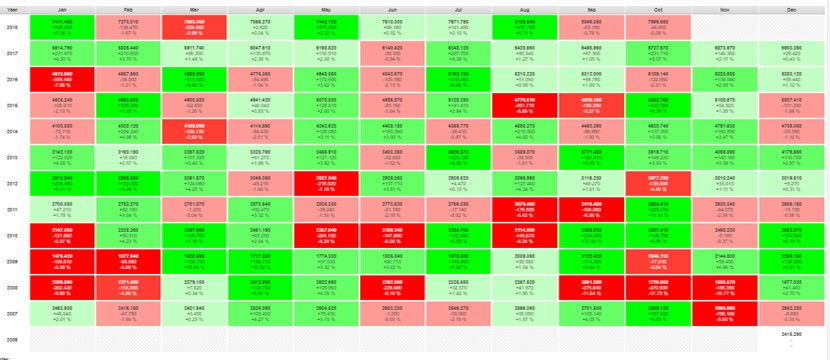
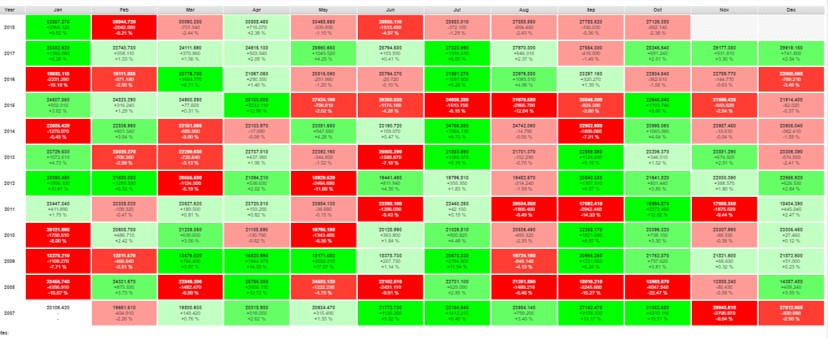
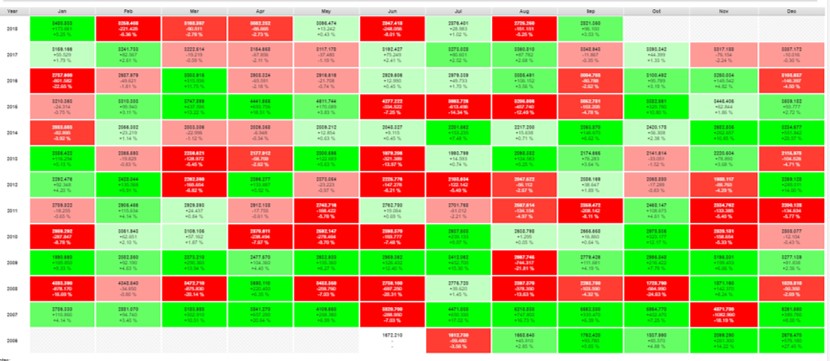
Dr Tee (Ein55) FREE Stock Investment Course in Singapore





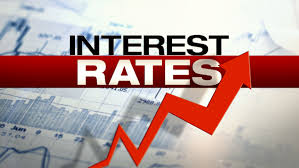 US consistently increases the interest rate, latest adjustment is to 2-2.25%. Despite the US and global economy are still bullish, this implies less time remaining for the bull market.
US consistently increases the interest rate, latest adjustment is to 2-2.25%. Despite the US and global economy are still bullish, this implies less time remaining for the bull market.
When US interest rate exceeds 3% and/or when 10 years US bond yield is over 4%, investor has to be very careful, especially over the next 12 months for possible black swan which could trigger the next major financial crisis.
It does not mean crisis will come immediately when interest rate is over 3%. It is based on probability approach. Despite higher interest rate now, since stock and property markets are still bullish in US, people are not concerned as they could use higher salary (employee market, currently 3.9% unemployment rate in US), higher profit from stocks/properties to pay for higher inflation or interest/mortgage rates.
A safer way is short term trading/investing, one could leverage on the last phase of bullish market (at least for US) and also prevent the big bear when trend is reversed. However, buy and sell in shorter term may not be suitable for everyone, especially in a volatile market (when VIX is over 20-30 points).
Learn from Dr Tee through free 4hr stock investment course to time for the next global financial crisis through integration of Macroeconomic Analysis (MA), Fundamental Analysis (FA), Business Analysis (BA), Technical Analysis (TA), Personal Analysis (PA) and Optimism Analysis (OA). Register Here.
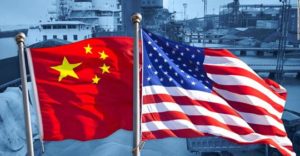
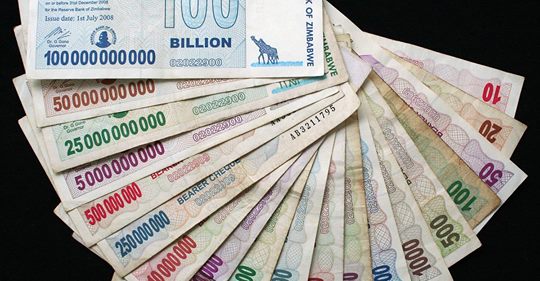
The Venezuela crisis remembers me of the Japanese Banana money in Singapore/Malaysia after World War II. Money could become a junk paper but asset such as property still could preserve the value during crisis.
Venezuela highly dependent on income from crude oil which price was falling down since a few years ago, resulting in country financial crisis, which now a humanity crisis with hyperinflation of 1 Million %. For a mature country, a few percentage of inflation is considered healthy for a moderate growth and steady economy but too much inflation will be a disaster. The role of central bank is critical to moderate various factors contribute to national economy.
1 Milllion % inflation means $1 product / service now becomes about $10,001. Technically, the Venezuelan Bolivar, purchasing power with this currency has dropped by 10,001 times.
It means if a loaf of bread is $1, it would cost $10,001 now to get one. So, whoever holds cash as fortune, wealth would drop significantly with very weak purchasing power due to hyperinflation. If one owns commodity or property as wealth, then will be safer.
Lira crisis is Turkey is related to Forex + Politics + Economy, trigger point is different but results could be similar, country financial crisis.
Singapore may not be a good place to trade in stocks but it could be a good choice to invest in property for long term (island country with limited land and nearly unlimited future population), Singapore Dollar (SGD) also appreciates gradually over the decades against other major currencies under MAS long term policy, supported by long term political stability (the longest so far for 1 party to rule a country), pro-business economic policies, etc.
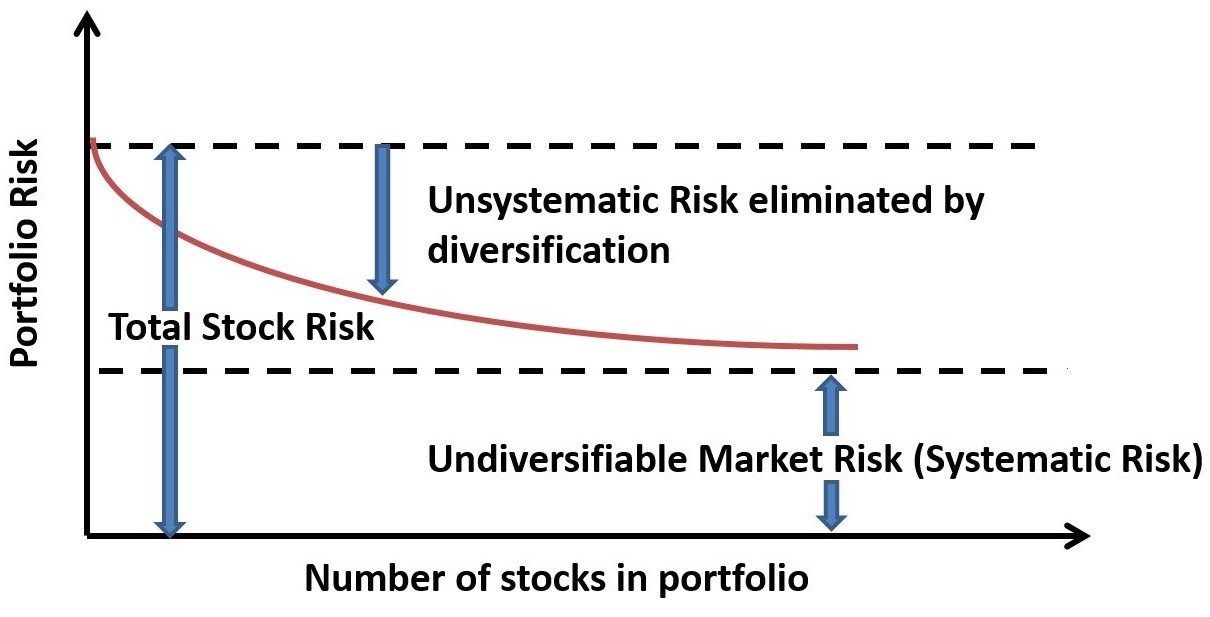
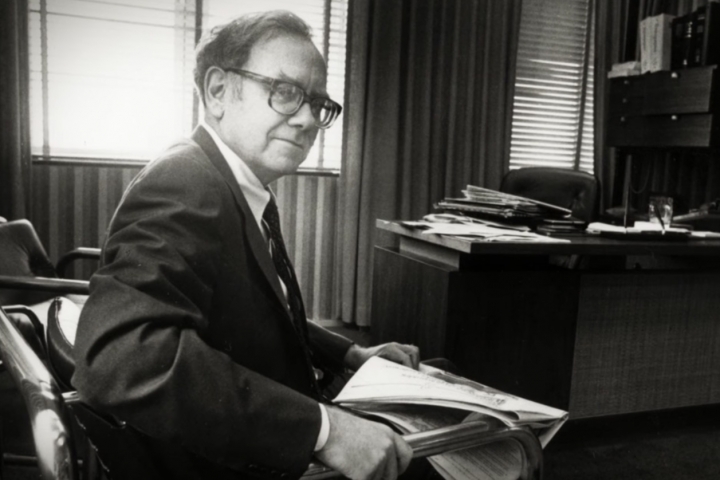
This is a short but powerful 11 min Chinese video (Becoming Warren Buffett) about Warren Buffett strength and weakness. The most touching part is final few minutes on why he decides to donate his fortune accumulated in life.
https://www.youtube.com/watch?v=0YJx2VkQPHc
For English version, you may search for “Becoming Warren Buffett” (see longer version below with 1hr 28min, thanks to suggestion by a member) but I could not find the same short and sweet version as this Chinese video.
https://www.youtube.com/watch?v=PB5krSvFAPY&feature=youtu.be
Warren Buffett initially only focused on buying undervalue stock (Buy Low) but this business partner, Charlie Munger, influenced him to buy good business at fair price (may not low price). The is the key difference of value investing vs growth investing, which Ein55 graduates have learned how to integrated with optimism strategies, including value growth investing to have the best of both worlds.
However, for investing, each of us should establish our own personalized investing styles, there is no need to follow Warren Buffett or Charlier Munger. Berkshire share price dropped by 50% during subprime crisis in 2008-2009, this max drawdown may force many investors out of the stock market, only those with strong faith, applying fundamental analysis, instead of technical analysis, still able to hold through the winter time to be the final winner.
The title of video is an important lesson for everyone: “Money is only numbers”. If we look at frugal lifestyle of Warren Buffett (eg. living in an old house, drive a small car, eating $3 McDonald burger for breakfast, etc), then we can understand money is only an indicator to show his performance in an hobby called investment. This is the same as computer gamers, scoring high from level 1 to 100 is important to their hobbies.
In fact, when we detach making money from investment, just focusing on how to push up the score of investing game with $ amount, our performance could be better.
General public can learn value investing and growth investing from Dr Tee free 4 hour course. Register here: www.ein55.com
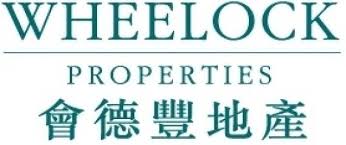
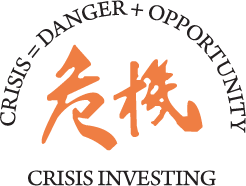
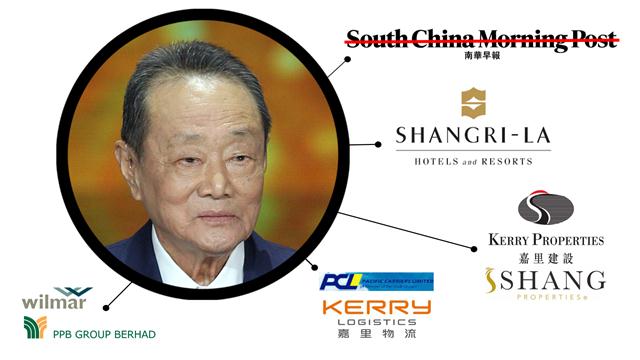

I stay till over 3am tonight (9 May 2018) so far, observing an important historical milestone in my home country, Malaysia: a dramatic change of federal government, from BN to PH. PH will also control 7 state governments (Perak is still uncertain).
Chinese believes in 60 years of cycle duration (5 x 12 = 60, 一甲子), it is about 60 years of BN ruling Malaysia since independence in 1957. 《三国演义》:“话说天下大势,分久必合,合久必分。From the wisdom of thousand years of Chinese history, we learn that when there is common interest, various groups could become friends, but one day, they will split due to internal conflicts again. It will take a long time before the next cycle to split begins, if the new PH government could use this historical opportunities to strengthen the foundation, it could continue to rule Malaysia for several decades.
How’s the impact on Malaysia future economy, stock investment, forex, etc? Short term market reaction so far is a weaker Ringgit vs USD because this is a major change in Malaysia. PH has announced 2 days of public holidays on May 10 and 11, not sure if Bursa stock market will follow the soon-to-be government to rest for 2 days. If yes, there could be some turbulence.
We don’t have to speculate which Malaysia stocks will rise or fall down. Instead, let the trading or investing opportunities come to us. Let the share prices stabilize for a few days after absorbing the market news. It is never too late to grab on investing opportunities in Malaysia.
In a longer term, if Malaysia is under a more efficient government, the economy and stock market will have higher growth potential but it will take at least 1 decade to see the results. PH is still an alliance of different parties, sometimes compromised decision may not be the best but as long as it is fair and transparent, the country could move in a positive uptrend direction again.
Optimism is also crucial for a political system. BN lost in this political tsunami, partly due to past few years of oil & gas crisis and weak ringgit, local people has been at low optimism in life, especially with the rising cost of living (eg. GST). PH may not be lucky as well because currently is Level 4 (global) high optimism, even if Malaysia stock is at moderate optimism, based on a 5 years political cycle for 1 term of government, it is not easy to achieve uptrend in stock market to show the results 5 years later. It is the same situation for Trump in US, who may try to sustain the high optimism US stock market till at least year 2020 as a report card to seek for his second term as US president.
There is no regret to witness a political cycle of a country. Sincerely hope Malaysia will become a better country, being a closer partner with Singapore. Learn about future stock investment opportunities in Malaysia, Singapore and the rest of the world with from Dr Tee free investment courses.
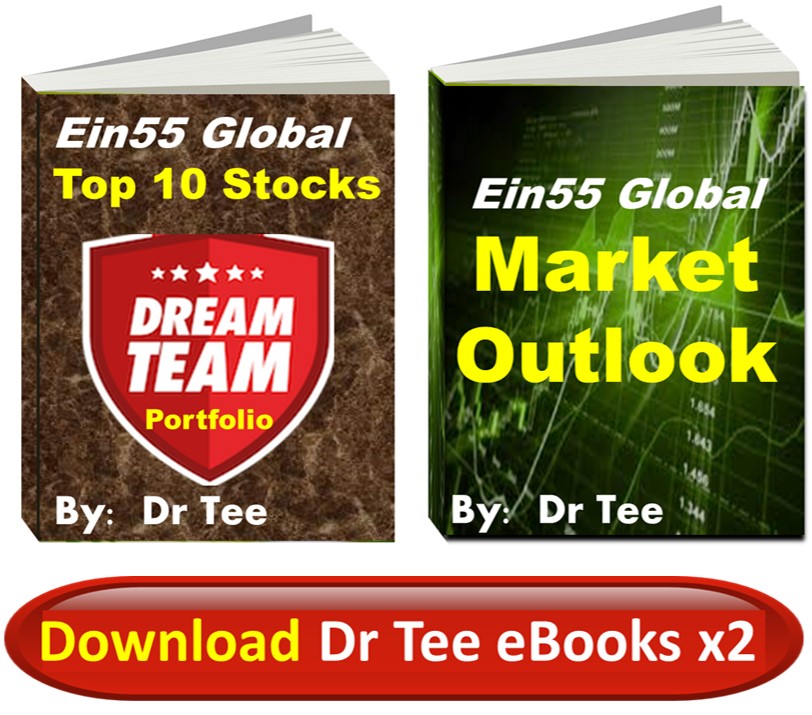
===============================
eBook #1 (Global Stock Market Outlook)
===============================
1. Mass Market Sentiment Survey
2. Review of Global Stock Markets
3. US Market Outlook (Stock / Property...)
4. China / HK / Europe Market Outlook
5. Singapore Stock & Property Outlook
6. Conclusions and Recommendations
===============================
eBook #2 (Top 10 Stocks: Dream Team Portfolio)
===============================
1. Personalized Stock Investment Portfolio
2. Ein55 Global Top 10 Stocks
3. Summary of Actions
Copyright © 2024 · Focus Child Theme on Genesis Framework · WordPress · Log in